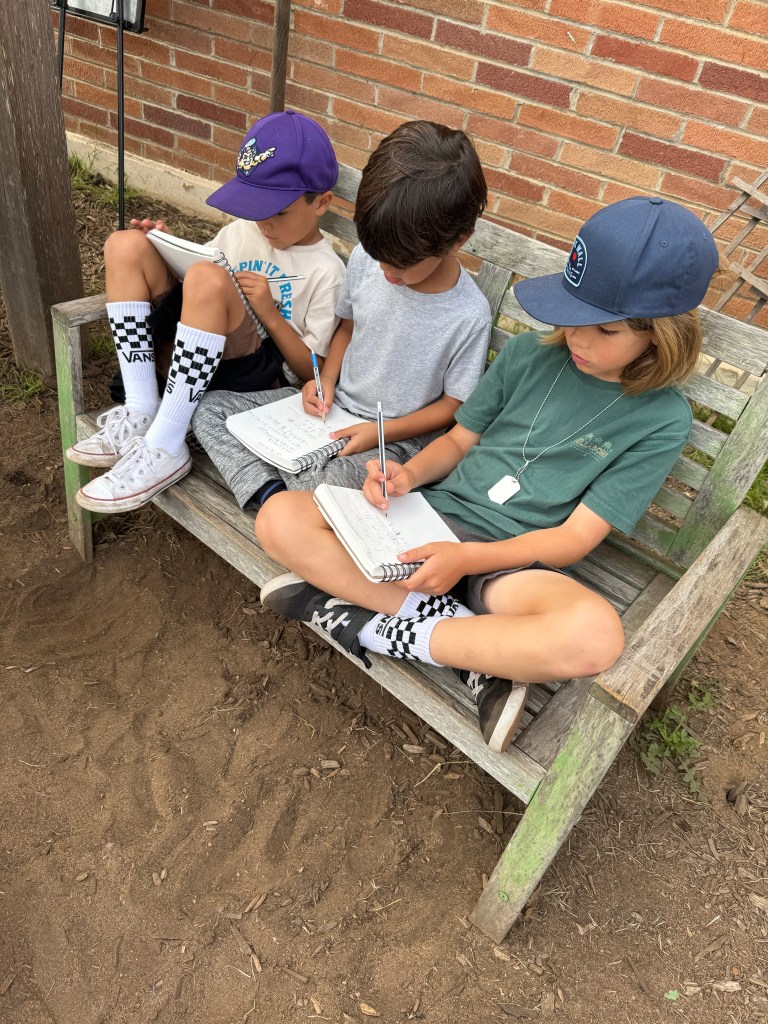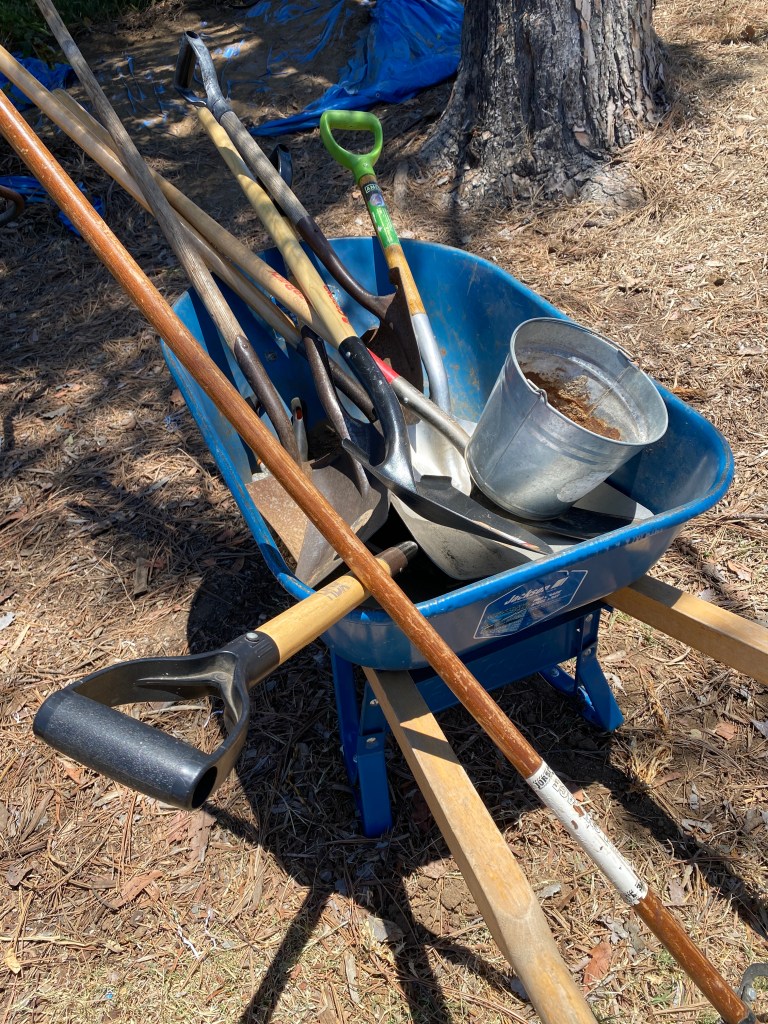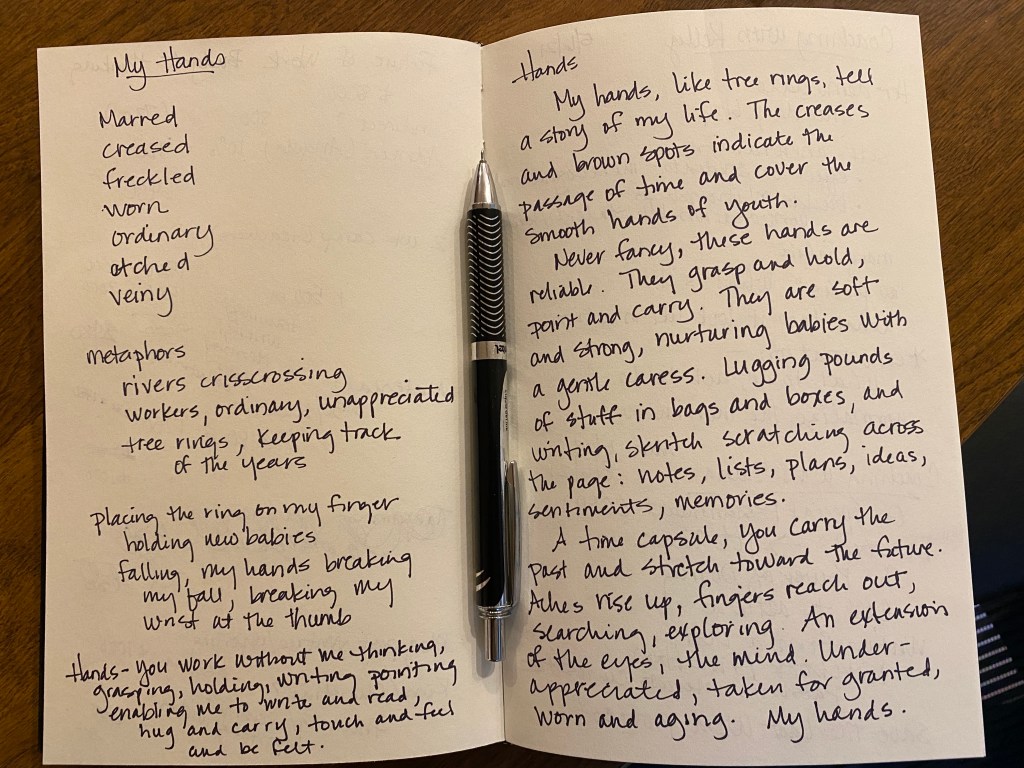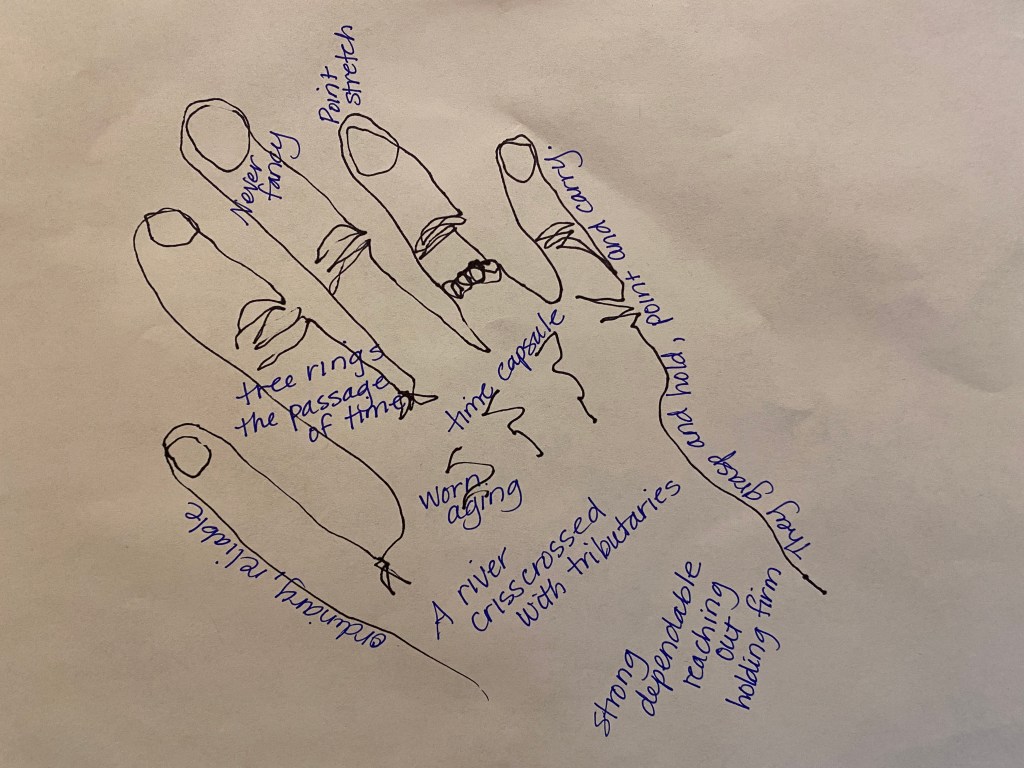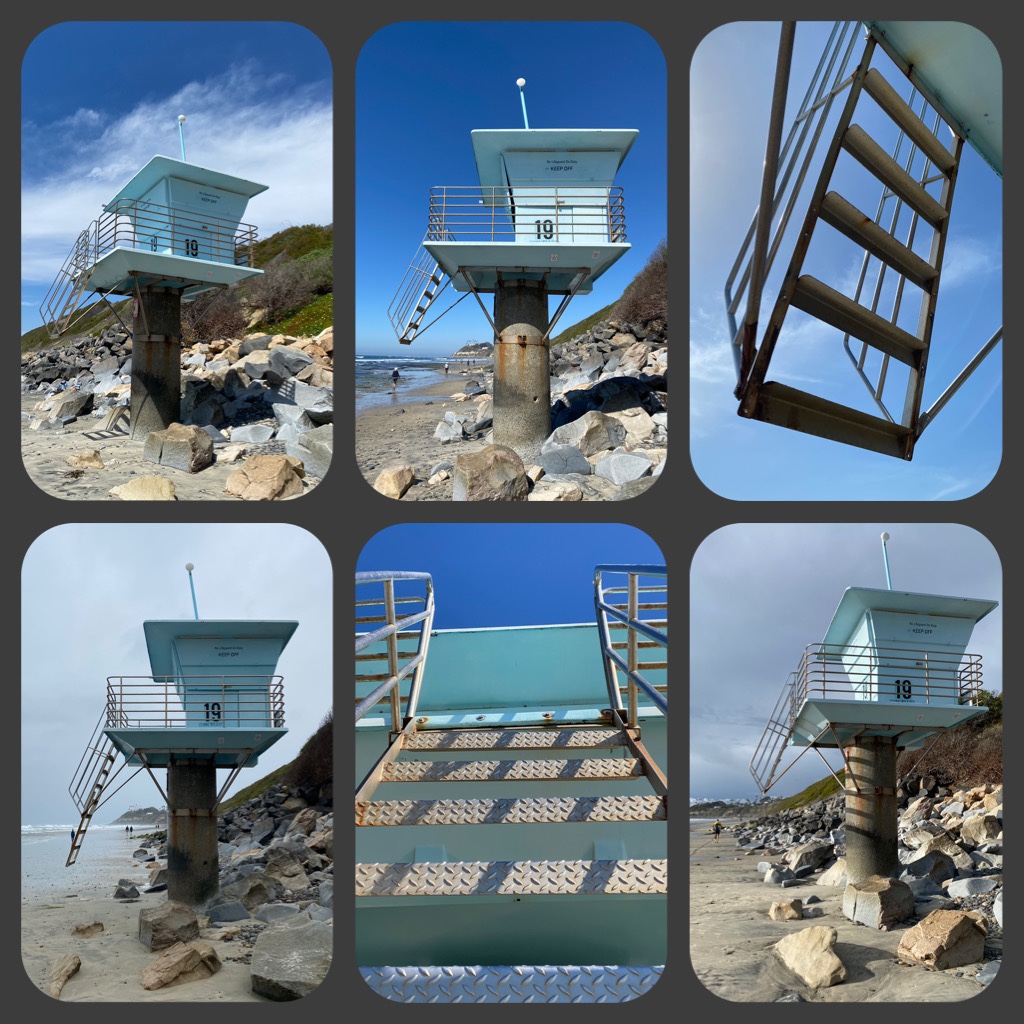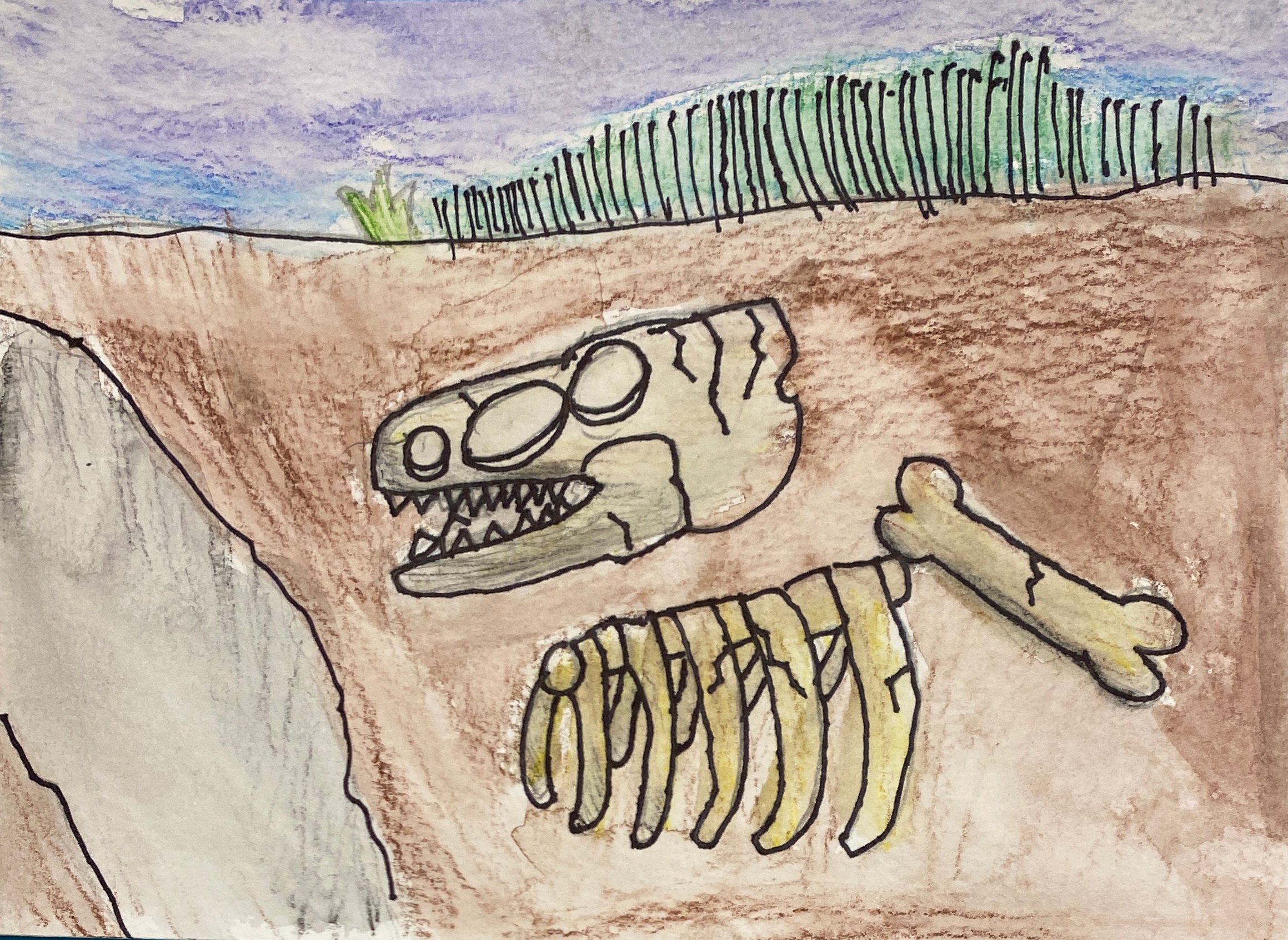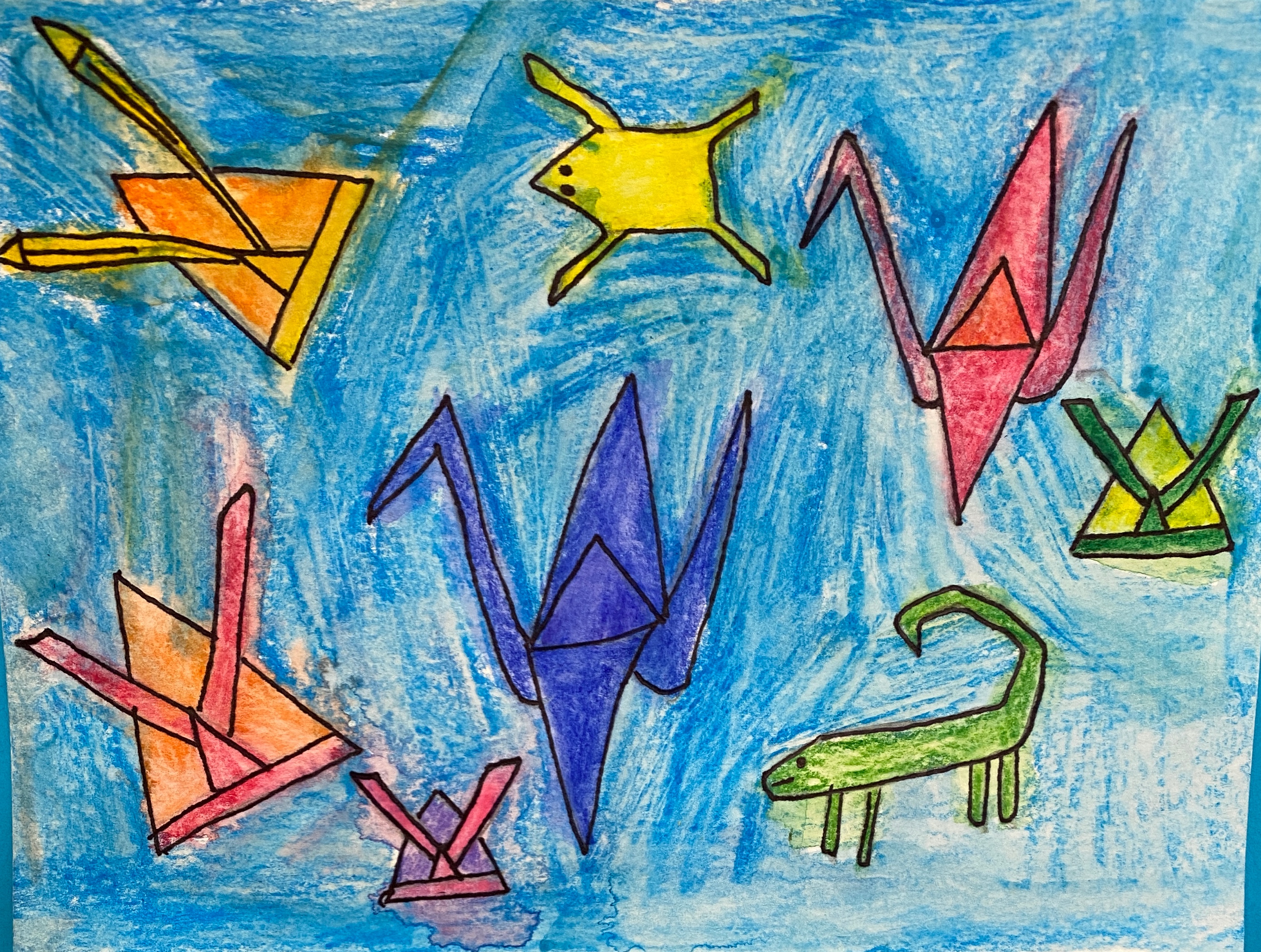I can be a bit serious. Okay, maybe a lot serious. And sometimes that means that the classroom can seem like all work and no play…and we all know that first graders (and maybe all students) both want and NEED some play to help learning move along.
For some reason, my school decided that again this year our winter holidays (two weeks of no school) would bump right up against Christmas. I’ll be loving the holiday when January gets here, but to be honest, it’s brutal right now. Instead of children who are focused on learning to read and write (and all our other subjects of study), they have visions of sugarplums dancing in their heads! (Or maybe that is just the candy cane overload coursing through their bodies!)
I made a deal with myself as I planned lessons for this week–leave spaces for play, expect silliness and louder than usual volume, smile and laugh more, enjoy the moments.
So…I planned a small writing lesson.
I remembered this wonderful book of poems called The Proper Way to Meet a Hedgehog and Other How To Poems selected by Paul Janeczko and started flipping through. If I had my students write a “how to” something, they would have many choices of topic and could draw on all that they already know. But which poem would work as a useful mentor text to get them started? There are many good choices…but I was looking for something short, a bit whimsical, and an idea that my students might find unexpected. How to Scare Monsters by Rebecca Kai Dotlich was just right! It starts out easy, “Keep a light on, that’s the thing… and turns a bit in the second (of two) stanzas with “Aim for the toe (did you know this?)…
I read it a few times, letting students soak into the language. They noticed the strange notation (parentheses) and were intrigued. We talked about the extra information in there and they definitely picked up on the personal, friendly tone. We brainstormed things we are “experts” at doing, and that list included A LOT of sports! After I wrote a poem in front of them (How to take Photos of Egrets), they opened their notebooks and began their own How To poems.

Students immediately got to their writing (along with plenty of talking) and a number of them included the parentheses in their poems. As they began to finish and read their writing to me, I could feel the smile genuinely creeping onto my face. The poems were fresh and their voices came through loud and clear. Some of the topics were predictable, but some were not…like this one by O:
How to Catch a Rattlesnake
Go to a desert.
Find a hole.
(Maybe it’s a snake hole.)
If it’s a snake hole,
get a good stick.
And do not grab it by the tail,
grab it by the neck.
If you grab it by the tail
they will swing and bite you.
If you grab it by the neck
they will not move
except their tail.
Did you notice the parentheses? I had encouraged students to pick small topics rather than trying to explain a whole game. But, you know, some students want to do what they want to do. But somehow J captured this game in a nutshell. I bet you know what game it is!
How to Play Ball
Get two teams
9 is enough
9 innings
1,2,3 bases and
one home plate in a square.
(One out is three hittable balls
Four balls you can not hit go to 1st base)
A hit
run as fast as you can go
until you are thrown out
or tagged out
You are out.
Three outs is an inning
touch home plate to get a point.
who has the most points wins
if you are tied
overtime.
And who doesn’t love a how to poem about riding a bike? It’s obviously a childhood classic! Here is O’s rendition. (This is a different O–I have many in this year’s class!)
How to Ride a Bike
This is how we ride a bike
without training wheels.
First put your helmet on
and then get on your bike.
And try not to look down
look straight ahead and pedal
and make sure nothing is in front of you.
And that is how you ride a bike
without training wheels.
And a short but sweet one by V who did take my advice and decided not to capture all of gymnastics but to instead focus on a single trick.
How to do a Cartwheel
Start in a lunge
Put your hands on the ground
Then when you put your hands on the ground
Kick your legs up
(One foot up first, then the other)
Land with hands by your ears.
These small poems started this week off with a dose of joy. Students enjoyed writing and reading them, I enjoyed hearing them and rereading them. No one whined that they had nothing to write about, no one got teary with frustration (including me), and we all enjoyed writing and sharing and teaching someone else about our individual expertise.
Reminder to myself: be playful, small can be powerful, enjoy the wonders of childhood and read and write more poems!
So…if you need to add a bit of joy to your teaching or writing life, take a look at How to Scare Monsters and write some how to poems!


